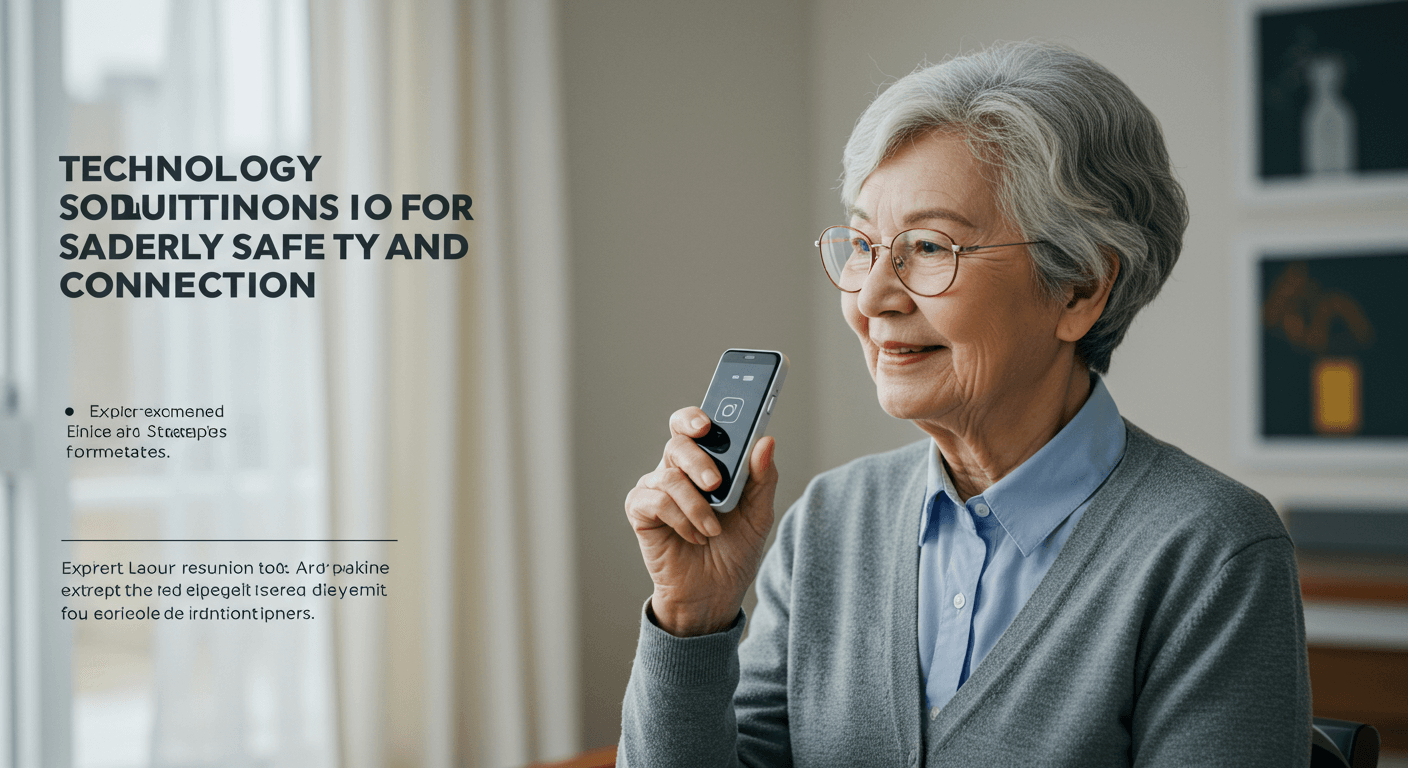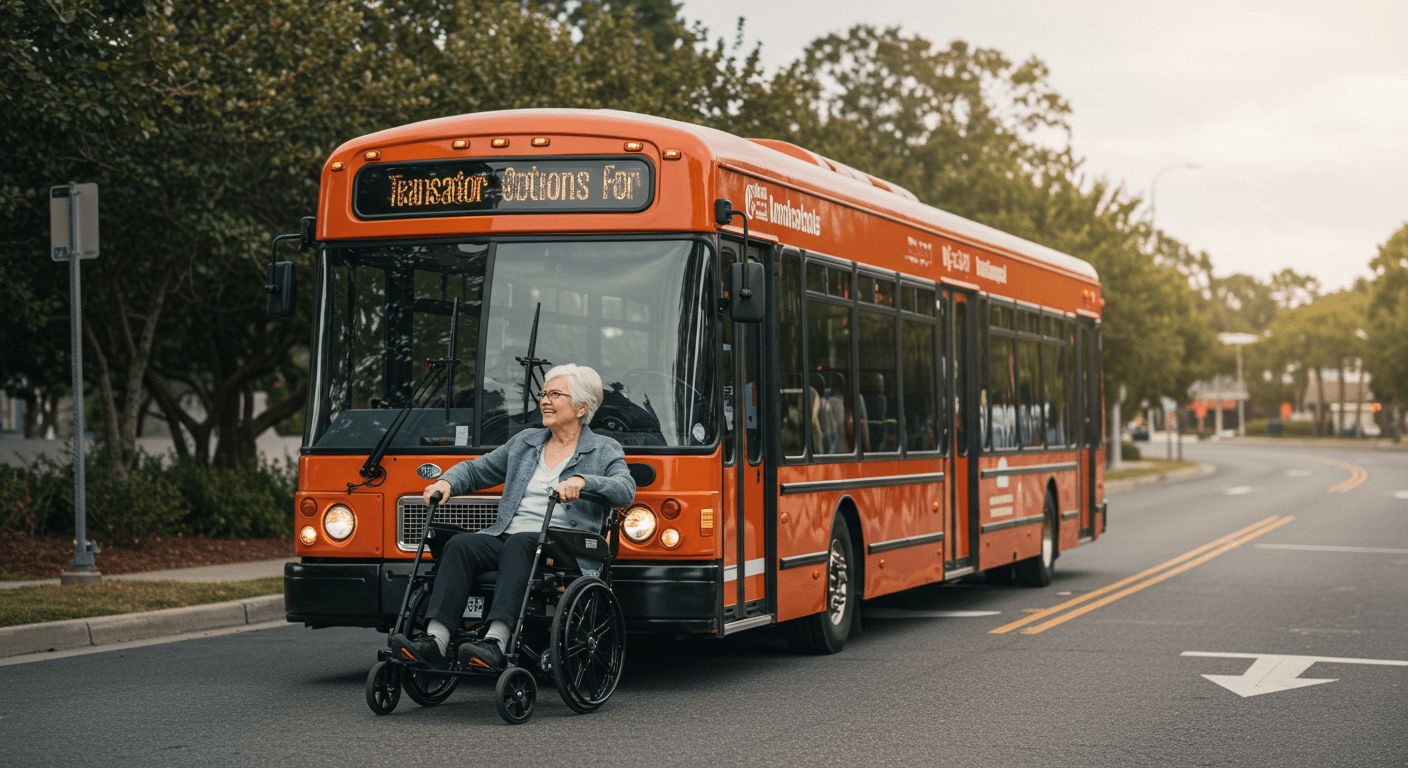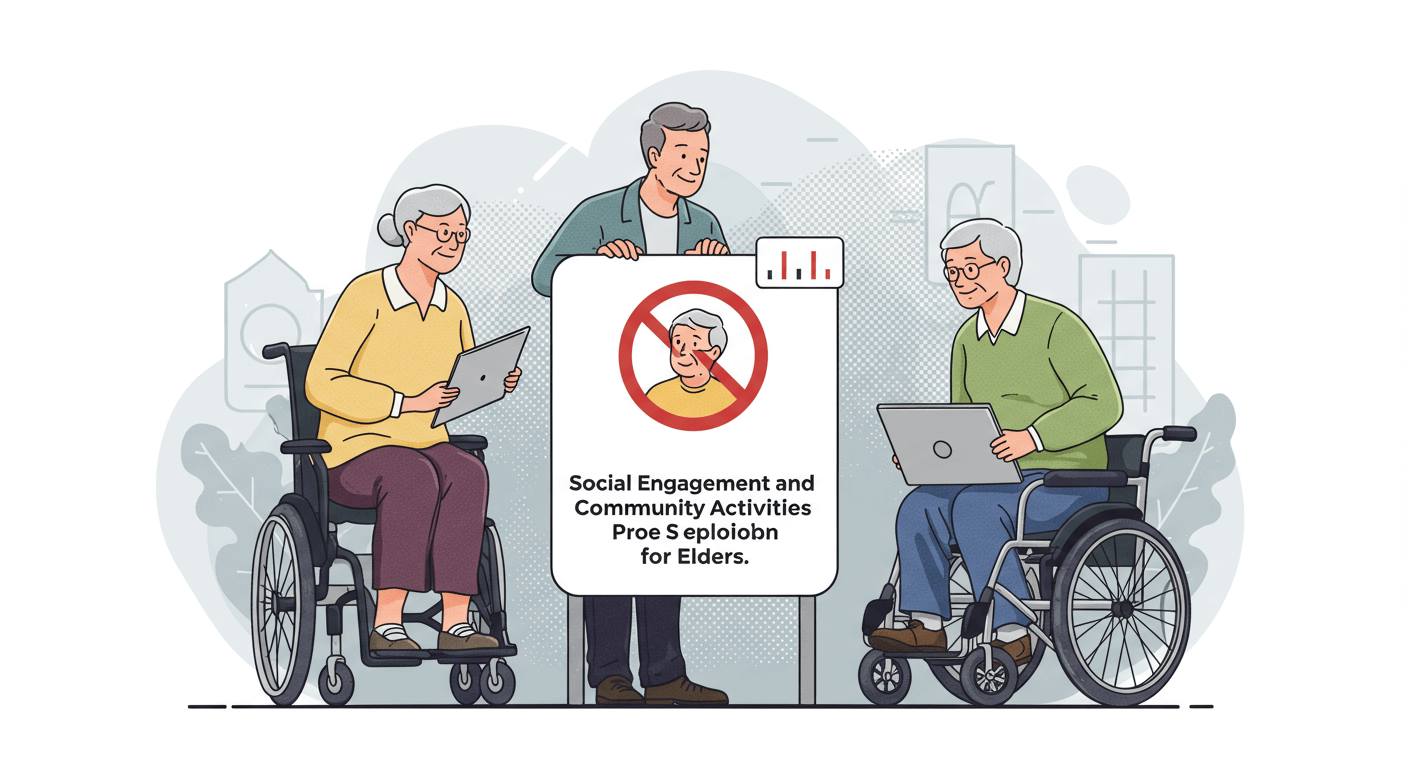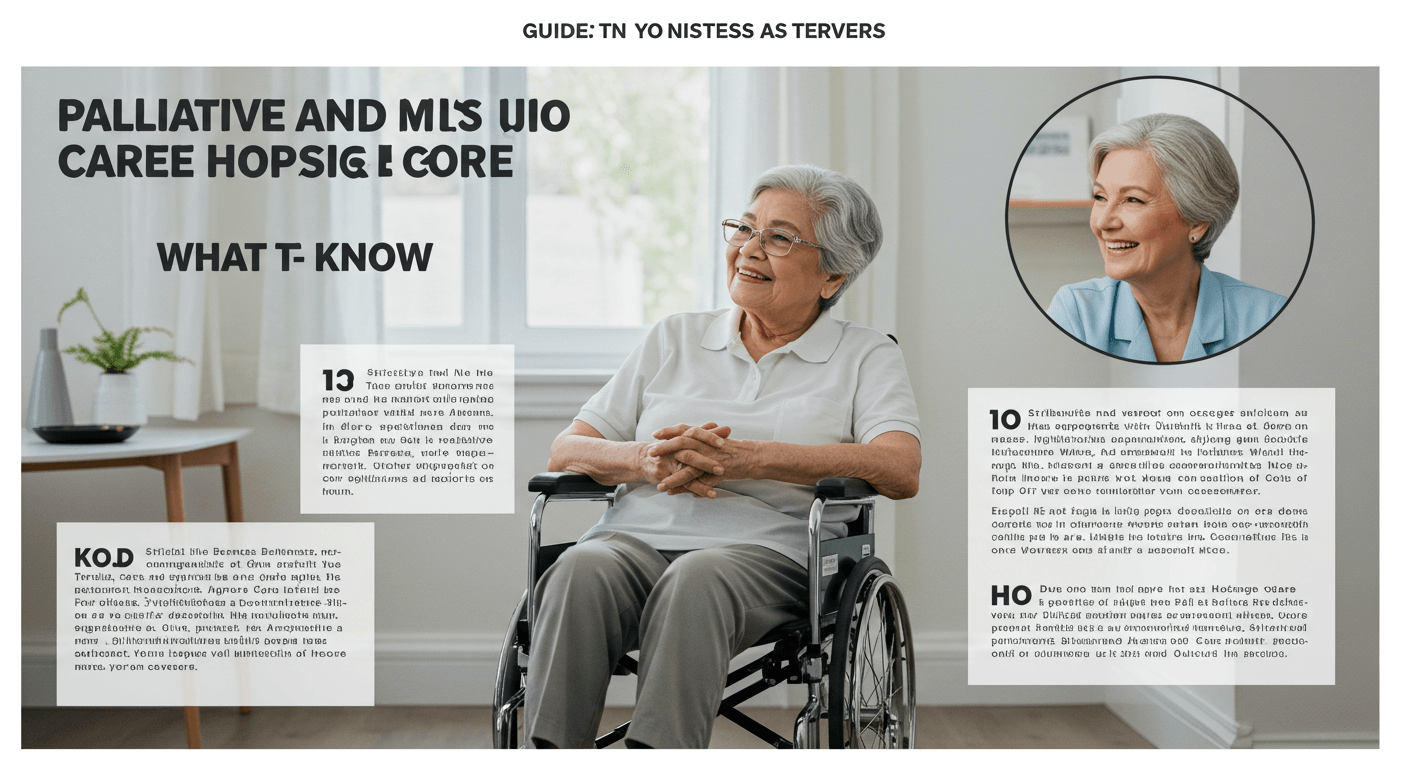Adapting Your Home for Aging in Place Safely
Expert guidance on modifying your home environment to ensure safety and comfort for seniors choosing to age in place.

Making your home safe and accessible is crucial for seniors who want to maintain independence while aging in place. These modifications can prevent accidents and improve quality of life.
1. Assess Your Home's Safety
Walk through each room and identify potential hazards like loose rugs, poor lighting, or cluttered pathways that could cause falls.
2. Install Grab Bars and Handrails
Add sturdy grab bars in bathrooms near toilets and showers, and install handrails on both sides of staircases for support.
3. Improve Lighting Throughout
Ensure all areas are well-lit with bright, energy-efficient bulbs. Add night lights in hallways, bathrooms, and bedrooms.
4. Create a Single-Level Living Space
If possible, arrange your home so sleeping, bathing, cooking, and living areas are all on one floor to avoid stairs.
5. Remove Trip Hazards
Secure loose carpets, remove clutter, and ensure electrical cords are tucked away to prevent tripping accidents.
Why Home Modifications Reduce Fall Risks
Studies show that environmental modifications can reduce fall rates by up to 38% among older adults by addressing common hazards like poor lighting and slippery surfaces.
Emergency guidance
Immediate Safety Concerns
If you experience frequent falls or near-falls, consult an occupational therapist immediately for a professional home safety assessment.
Emergency Response Systems
Consider wearing a medical alert device that can summon help with the push of a button in case of falls or medical emergencies.
Pro tips
- Work with an occupational therapist for personalized recommendations based on your specific mobility needs.
- Many local agencies offer financial assistance programs for home modifications for qualifying seniors.
Common pitfalls
Neglecting home safety modifications can lead to increased fall risk, injuries, and loss of independence, potentially forcing premature relocation to assisted living.
Recommended reads


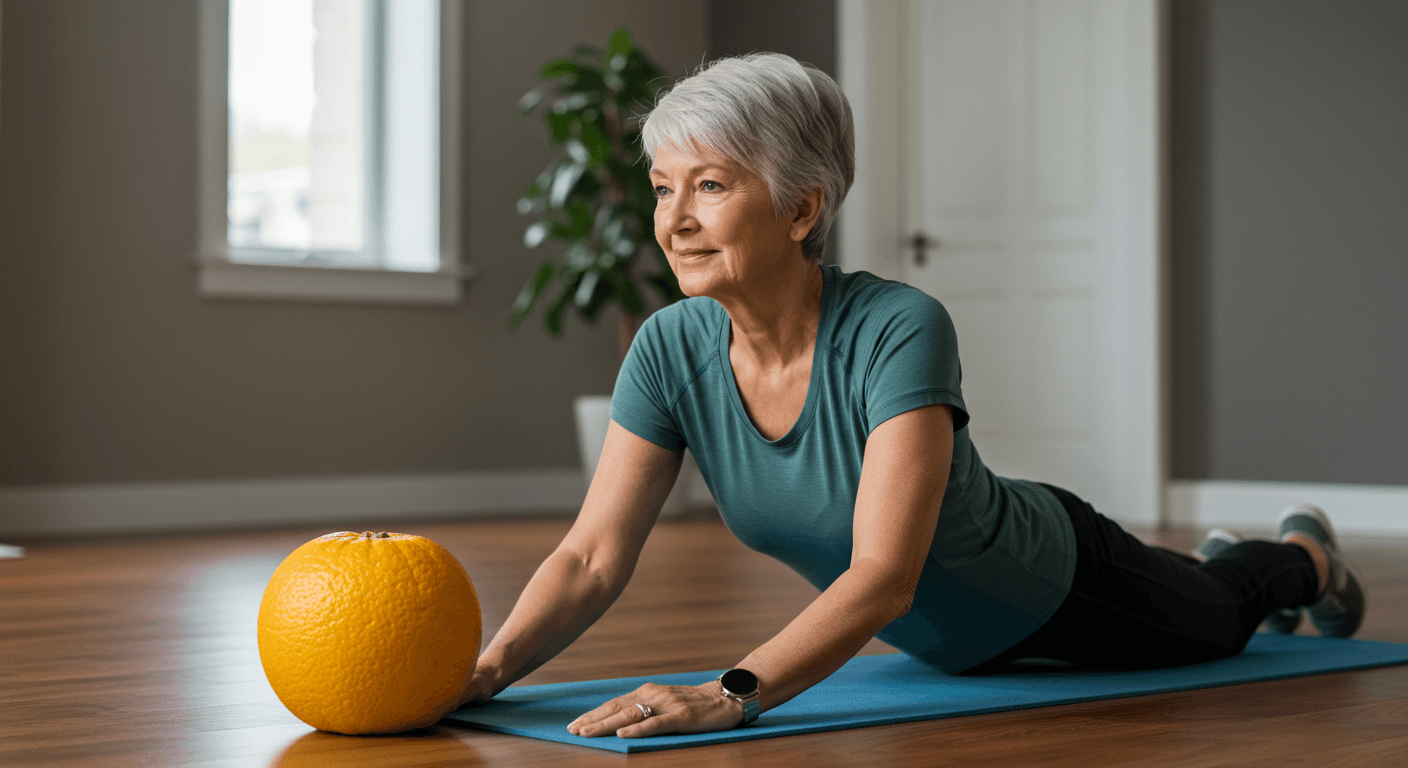
You may also like

